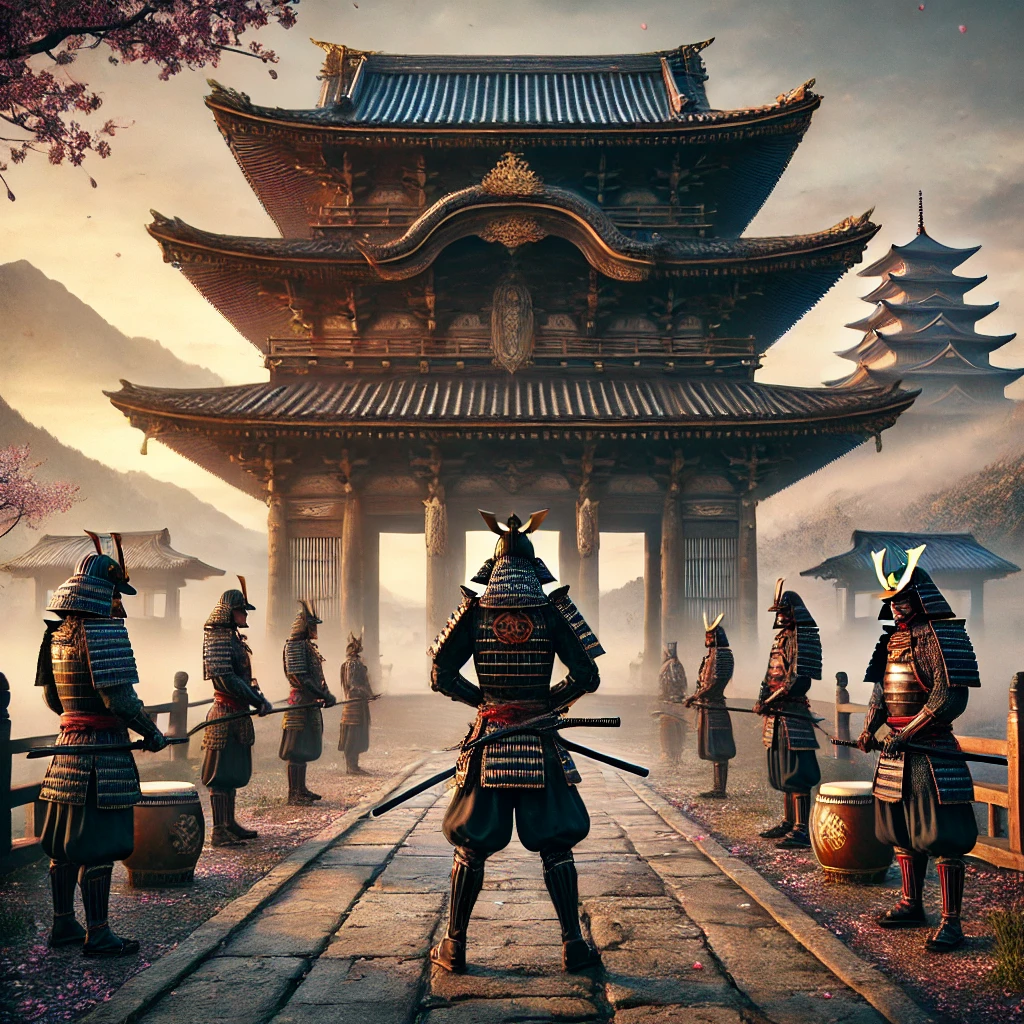The History of the Samurai
Warriors of the Bushido Way

From the Heian period to the Meiji Restoration, the samurai were the guardians of honour, discipline and loyalty in feudal Japan. Indomitable warriors and stewards in the service of the shogun, they lived and died following Bushidō, the code of the ‘warrior's way’. In the Boshin War, the demise of this caste marked the beginning of modern Japan, but the legacy of the samurai continues to inspire with their example of strength and dedication - Image generated with AI
The samurai were a warrior caste of feudal Japan, famous in popular and mass culture as emblems of strength, discipline, honour and loyalty. Their history began in the Heian period (794-1185), a time of instability and conflict that saw a rapid decline in the power of the emperor. The instability generated fear among the nobles of the Japanese clans who began to hire private armed guards for their protection; out of this need emerged the samurai. Over time, these warriors developed into a warrior caste in their own right: they were no longer mere bodyguards, but an organised institution with an honour code comparable to that of Chivalry in medieval Europe, which dominated the political and military landscape of Japan.
The samurai warrior code took the name Bushido, 'way of the warrior', a strict code of moral conduct that emphasised honour, loyalty, courage and compassion. One of the central aspects of this philosophy of life was loyalty to one's lord, as well as a sense of honour. A samurai would rather commit seppuku, a ritual suicide, than dishonour his lord or himself. Bushido thus promoted a strong code of honour that taught how to overcome the fear of death and promoted self-control through sound discipline.
One of the central episodes in the history of the samurai was the birth of the institution of the Shogunate in 1192, when Minamoto no Yoritomo assumed the title of shogun for the first time in Japanese history, establishing a new military regime based on the samurai caste, the fulcrum of power and state administration. The samurai, from simple bodyguards, warriors and later also administrators and lords in the service of the shogun, saw their status greatly improved.
The samurai survived for many centuries and helped shape the very identity of Japan until their final demise with the beginning of the Meiji Restoration in 1868. In the dust and mud of the Boshin War, the last samurai found their end.
Sito: John Whitney Hall, “Feudalism in Japan—A Reassessment.” Comparative Studies in Society and History 5, no. 1 (1962): 15-51. (consultato nov. 2024)
Karl F. Friday, Samurai, Warfare and the State in Early Medieval Japan. Routledge, New York, 2004.
2025-03-19
Francesco Toniatti
